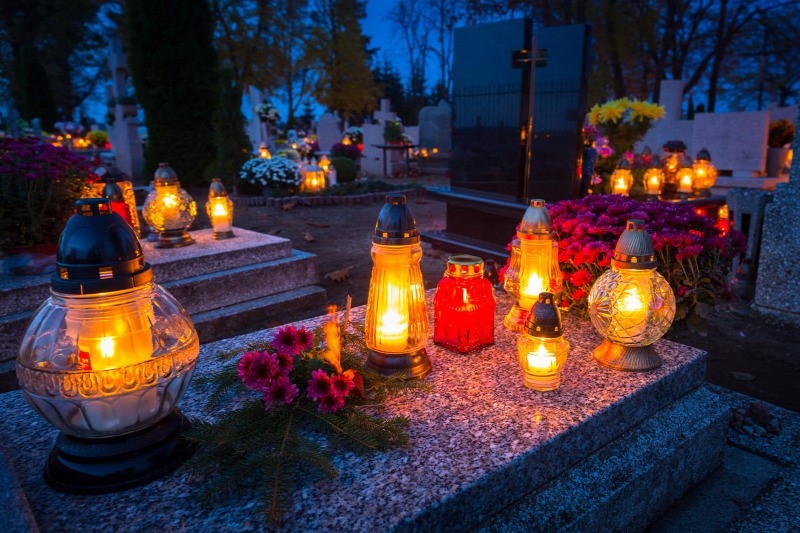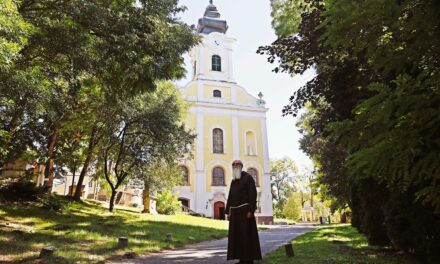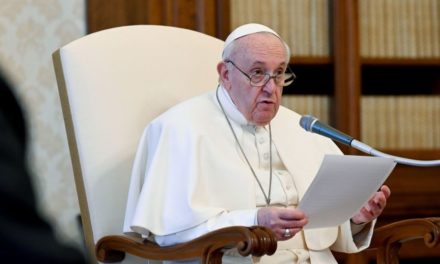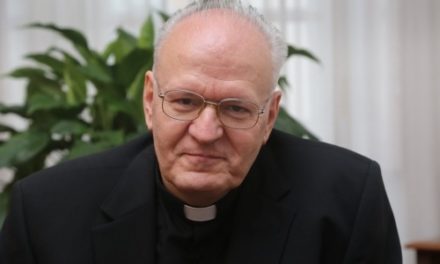Today is All Saints' Day, although in the circle of thought All Saints' Day and Day of the Dead have become almost one, even though there is a significant difference between the two holidays.
All Saints' Day is the memorial day for saved souls, which the Catholic Christian world observes on November 1. In other words, they commemorate those who have already arrived in heaven after being purified in purgatory, but due to their uncountable number, the calendar cannot commemorate them separately by name. Starting from the seventh century, Christian communities in some places began to hold a holiday in honor of all deceased Catholic saints. Thus, the holiday commemorating the pagan dead lived on as All Saints' Day.
In the Christian East, it was held from 380, the feast of all the martyrs, which was taken over by the Western Christian Church, IV. And Pope Boniface set the holiday on May 13, when he consecrated the Pantheon, which was originally built to worship pagan gods, in honor of Mary and all the martyrs.
In the eighth century III. Pope Gregory made it a memorial day for "the Holy Virgin, all apostles, martyrs, confessors and all perfect, righteous people who died on the globe". In 835 IV. Pope Gregory placed All Saints' Day on November 1 and made it a universal holiday.
On the Day of the Dead, we remember the souls suffering in purgatory . The Feast of the Dead was initiated by Abbot St. Odilo of Cluny, so that after the church remembers the saints of heaven on the Feast of All Saints, the next day we also remember all the dead. The beginning of the holiday dates back to 998, which spread widely in the 11th century under the influence of the Benedictines from Cluny. Rome adopted it in the 14th century, XV. In 1915, Pope Benedict allowed that every priest could say 3 Masses on this day; one for a specific deceased, one for souls in purgatory in general, and one for the Pope's intention. The religious orders commemorate their own dead on a separate day.
Source: Catholic lexicon
Photo: 123 rf.com












